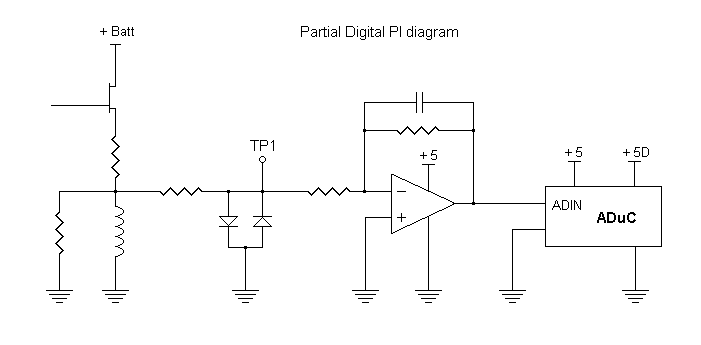
I am going to start designing a digital PI board. This is a partial diagram showing the area I am concerned about now.
Starting at the back end and working toward the front, the ADuC microconverter runs from a single 5V supply. The analog input range is 0 to 2.5 volts, but the input can go up to 5V without damage. With this narrow input range I do not see any point in having a wide output swing from the amplifier. I would just have to clamp the voltage to the allowed AD input range anyway. So I would prefer an amplifier that runs off a single 5V supply and which allows the input voltage to go below the negative supply rail. With this amplifier configuration it makes sense to connect one side of the coil to ground.
During the coil on-time the coil voltage will be positive and may go as high as the + battery voltage. During the flyback time the coil voltage will go below ground by a couple hundred volts. During the off-time the signal will be below ground but should be within a few hundred micro volts of ground.
At TP1 the signal is clamped to within +/- one diode drop of ground. So during the coil on-time the voltage will be +1 diode drop. During the flyback it will be -1 diode drop. And during the off-time will be within a few hundred micro volts of 0.
I am looking for an amplifier with the following characteristics:
- single 5V supply
- allows inputs below - supply
- can provide single stage gain of 300
- has gain bandwidth product greater than 6 MHz
- has reasonably low noise
I am looking at the AD8031 for the amplifier. These are the things I am worried about:
1. During flyback TP1 goes below 0. The output of the amplifier can only go up to 5 volts. So the -input of the amplifier may go below -0.5 volts. This is the limit of the AD8031 linear range. I do not know what the amplifier will do in that case or how well it will recover.
2. The gain is high enough that the input offset current will be a problem and the amplifier does not have an offset adjustment. This means an offset adjustment should be added to the amplifier input.
3. The AD8031 noise figure is not as low as I would like. It is about 4 times higher than the 5534. But the amplifier noise will still be way below the external noise.
4. During the off-time the target signal will be negative but noise can make TP1 go positive. This will cause the amplifier output to hit 0 and cause a bias in the AD samples. It would make sense to bias the amplifier +input a bit above ground, but this makes point 1 worse. Maybe if I bias it only a mV or so this will take care of this point and point 2.
I would appreciate any suggestions.
Robert


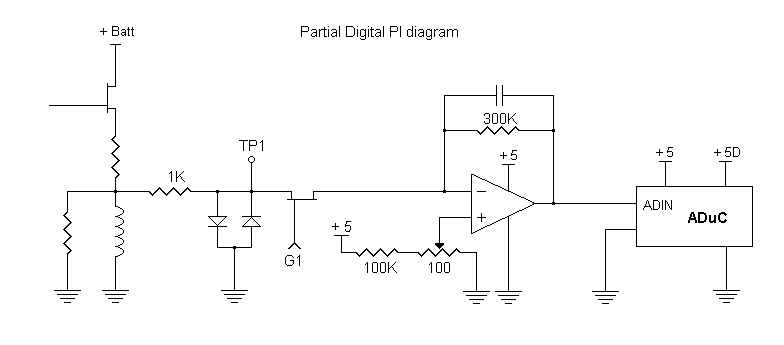

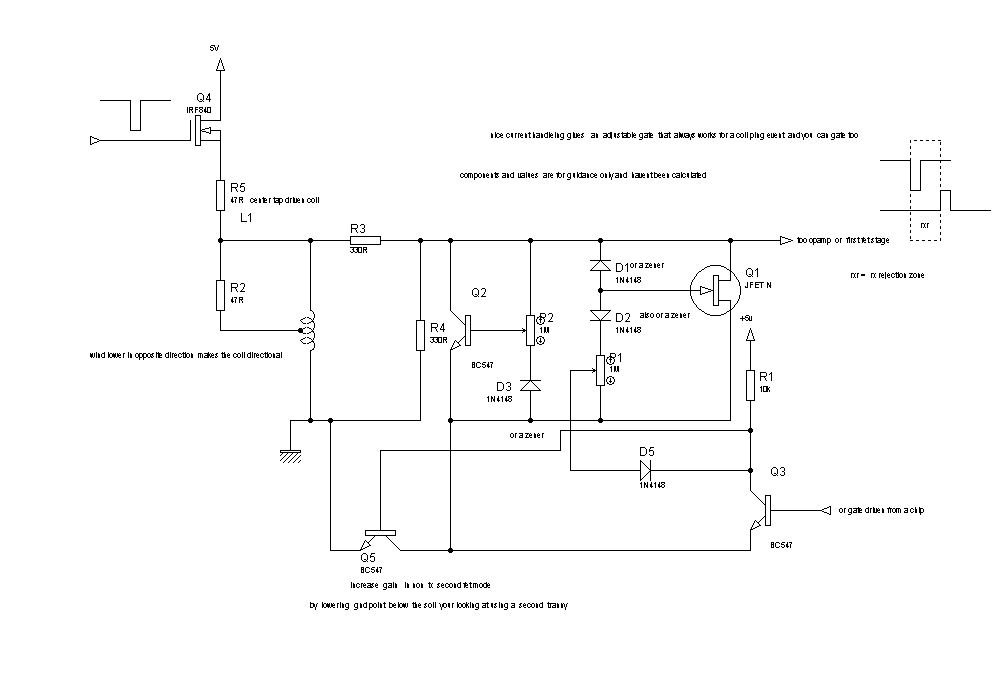
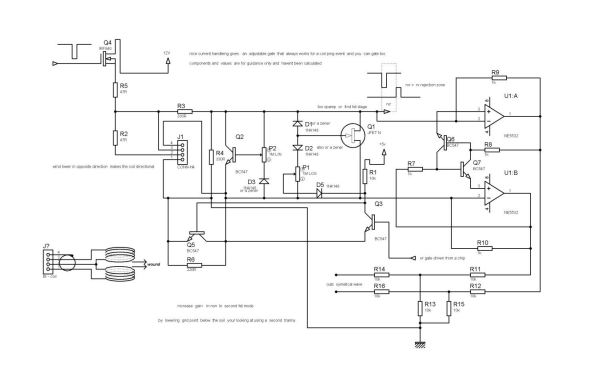
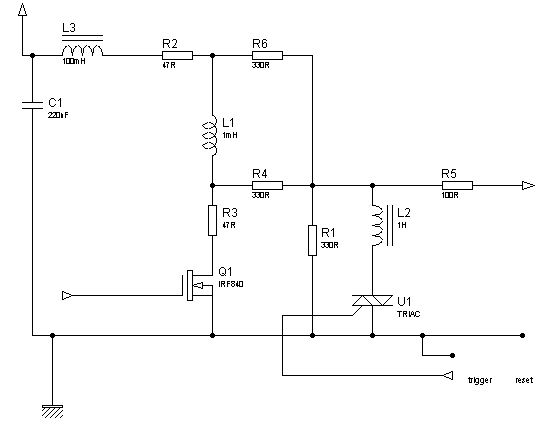
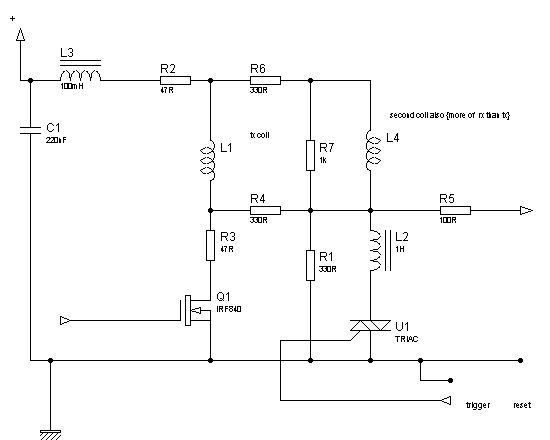
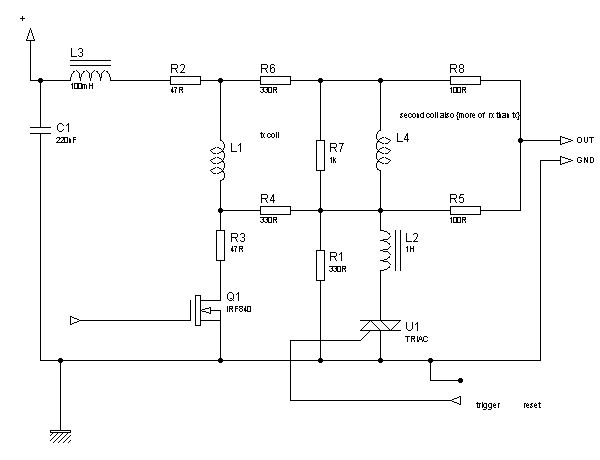
Comment